Hi everyone how’s life treating you ? Have you ever heard of “Konyoku, or Mixed Bathing” ?
It means “Mixed Bathing”, in other words, “Totally naked men and women soaked in hot spring (Onsen) together” , that is today’s topic.
I guess, however, you would be disgusted or nauseated to hear the word “Konyoku or Mixed Bathing” for Westerners particularly because you haven’t had that custom since the ancient times.
At the same time, I understand that in ancient Rome, mixed bathing at public facilities was prohibited at various periods, while commonplace at others. It is also possible that sex segregated bathing was the rule at almost all facilities but not at others.
While, Commodore Perry, actually, who made an isolated Japan open to the West and Japan made a remarkable advancement to civilization since that, was quite surprised and upset to see the mixed bathing in Japan for the first time.
Contents
Who’s Commodore Perry?
On July 8, 1853, Commodore Matthew Perry(1794 – 1858) of the United States Navy, commanding a squadron of two steamers and two sailing vessels(noted for Black Ships), sailed into Tôkyô harbor aboard the frigate Susquehanna.
Perry, on behalf of the U.S. government, forced Japan to enter into trade with the United States and demanded a treaty permitting trade and the opening of Japanese ports to U.S. merchant ships.
This was the era when all Western powers were seeking to open new markets for their manufactured goods abroad, as well as new countries to supply raw materials for industry.
It was clear that Commodore Perry could impose his demands by force. The Japanese had no navy with which to defend themselves, and thus they had to agree to the demands.
Perry’s small squadron itself was not enough to force the massive changes that then took place in Japan, but the Japanese knew that his ships were just the beginning of Western interest in their islands.
Russia, Britain, France, and Holland all followed Perry’s example and used their fleets to force Japan to sign treaties that promised regular relations and trade.
They did not just threaten Japan — they combination their navies on several occasions to defeat and disarm the Japanese feudal domains that defied them.
Anyway, when Commodore Matthew Perry and his black ships visited Japan between 1853 and 1854 he recorded his puzzlement at the practice of mixed bathing, which differed so greatly from his own culture.
From when Japanese people enjoyed the mixed bathing?
The history of bathing in Japan dates from the 6th century. From the outset, the custom was believed to not only wash the body, but also cleanse the spirit and improve one’s health. That understanding continues in present day Japan.
Buddhism and Bathing
Our story begins in the 6th century with the introduction to Japan of Buddhist purification rituals. In Buddhism, the casting aside of all impurities is an important act of devotion for followers and is considered a virtue.
Indeed, it is said that many temples in this era had baths for the purpose of purification.
Furthermore, it was thought that, by bathing, one casts off the seven ailments and takes the seven blessings outlined in Buddhist teaching.
Many visitors made the trip to temples for this sole purpose. At this point it is also likely that some people started to visit temples simply to enjoy taking a bath.
Edo period (1603-1868) bathhouses allowed mixed bathing and
it was all the rage as they didn’t have their own bath at home
Mixed bathing with men and women sharing the same bath was commonplace in Edo period bathhouses and considered completely natural at the time.
In some periods of Japanese history such as the Kansei edicts of 1790 and the reforms of Tenpo in 1830, mixed bathing was briefly banned as an affront to public morals but, by and large, it continued until the Meiji Restoration in 1868.
Nude mixed bathing was the norm at public baths until the Meiji Restoration when sex segregation was strictly enforced at sentō-type baths. In prefectures that permit mixed bathing, some rural onsen-type mixed baths require participants to be nude.
In the Showa period (1926-1989) more buildings with internal baths were built, and home baths became the new norm,
especially during the period of rapid economic growth in the second half of the period.
In recent years, the bath has become a more and more important part of the Japanese home. Its position as the place to soak away the stresses of modern life has been cemented.
Even older homes have been renovated to include large baths and, in the process, baths have gradually taken a larger physical and cultural place in Japanese life.
Have “Konyoku, mixed bathing” facilities been no longer in existence in Japan?
Foutunately or unfortunately, Yes. There are several secret mixed bathings or hot springs around the country, take “Sukayu” for instance, which is shown at the captioned photo of numerous naked men and women.
As you see it’s not so crowded nowadays, so you can enjoy relaxing to your heartfull.
“Sukayu” (酸ヶ湯) is an Onsen (hot spring) in the city of Aomori, Aomori Prefecture in Japan. It is known for its “Sen-nin-buro” or(1,000-person bath), a large mixed gender public bath as shown the above photos.
Sukayu Onsen is the snowiest inhabited place on Earth with an average yearly snowfall of 17.6 m (58 ft) and a winter season record of 23.7 m (78 ft).
It also holds the record of having the highest snow depth ever recorded at a JMA certified weather station of 566 cm (18.57 ft), recorded on February 26, 2013. Despite the extremely high snowfall, Sukayu Onsen is accessible by road all year round.
But in autumn, you can enjoy autumnal season.
Finally, why don’t you explore to see what’s “Konyoku・mixed bathing” like?
Have a blissful time there !
Have a wonderful time there again!
We have another webpage “Onsen・Hot Spring“, please browse, thanks

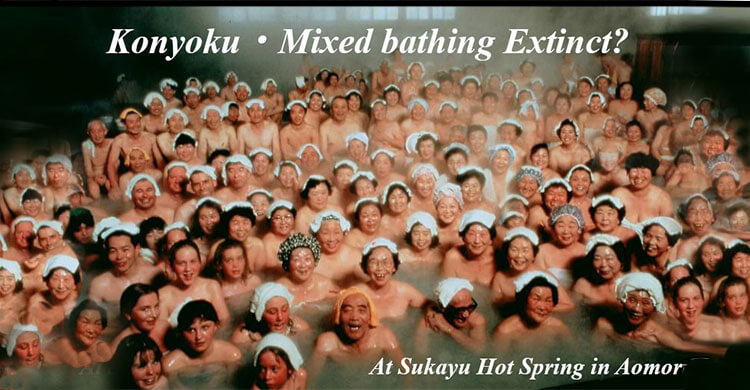


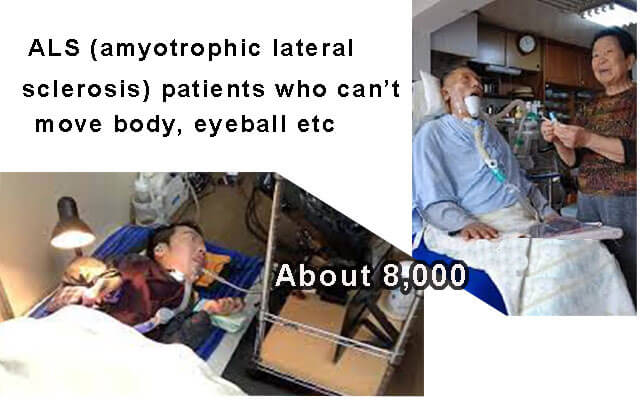

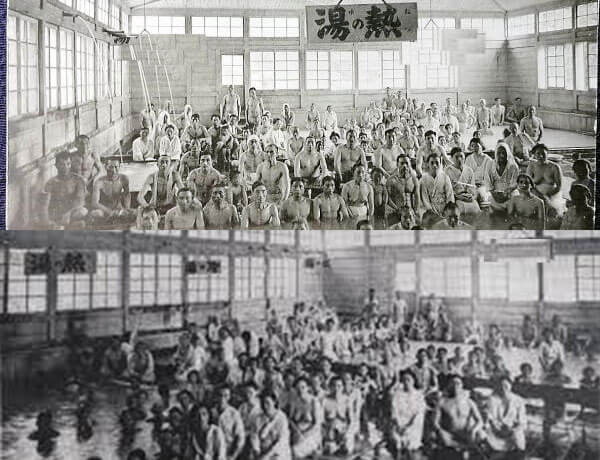
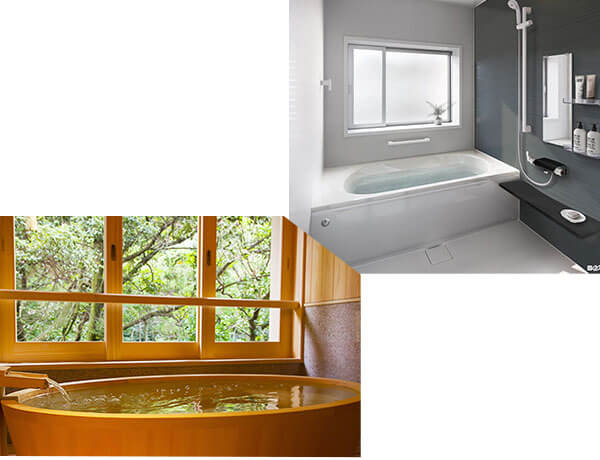
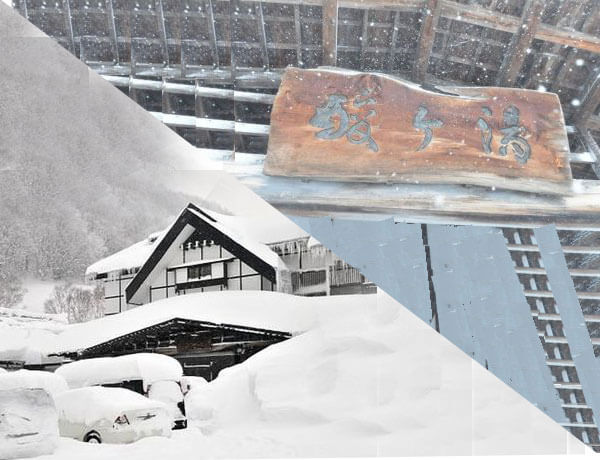
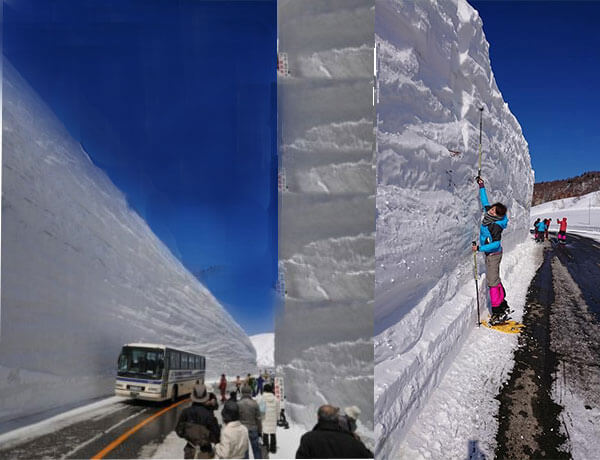
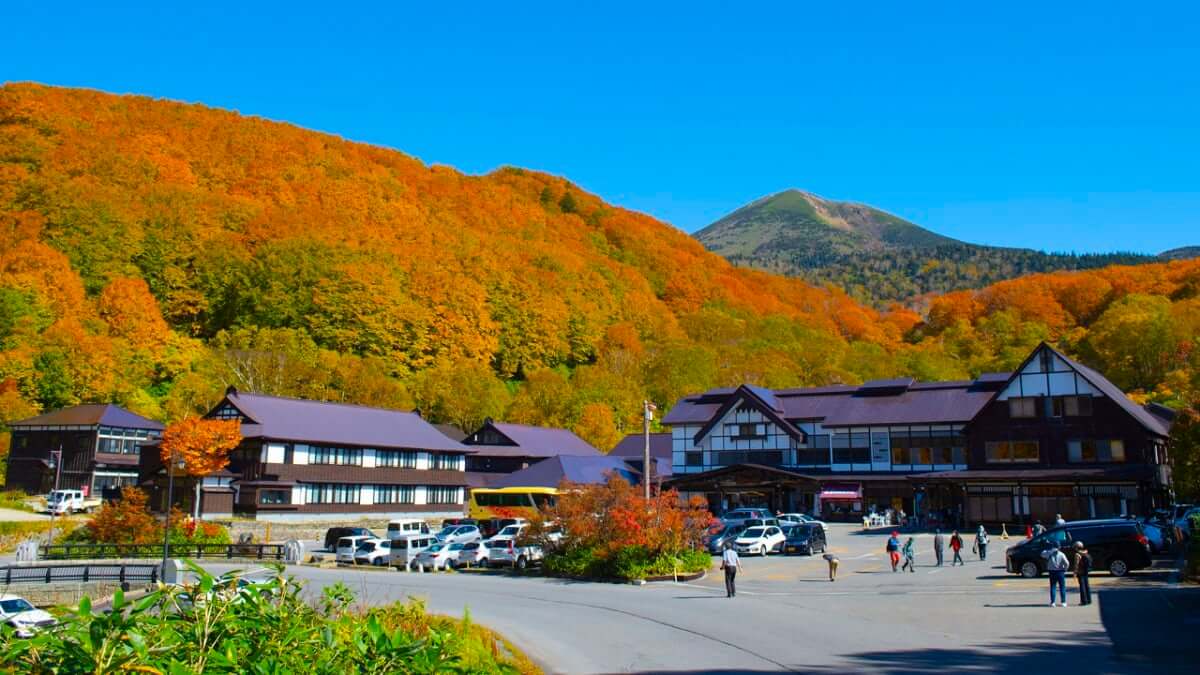
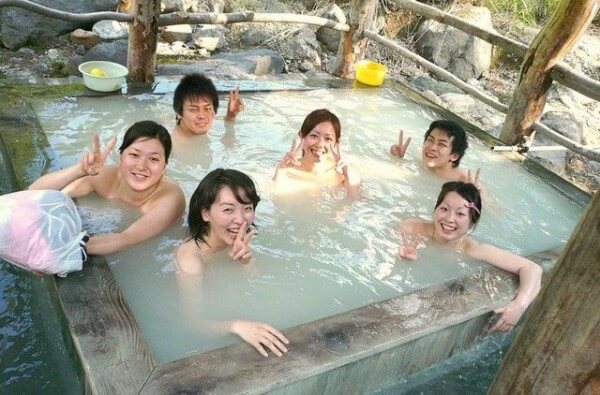




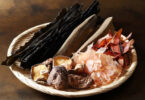

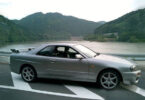
Leave a Comment